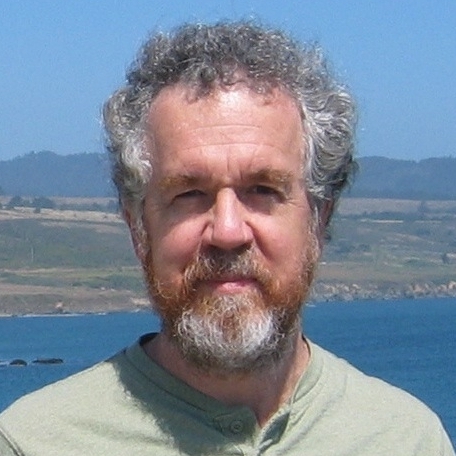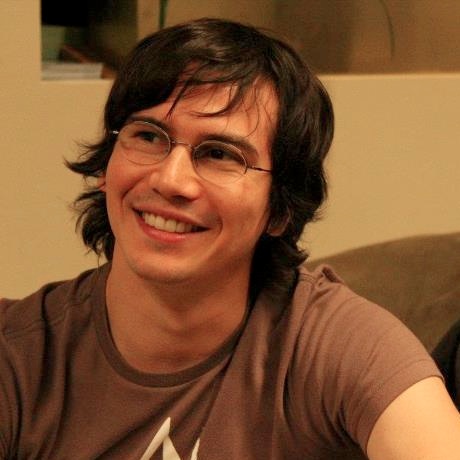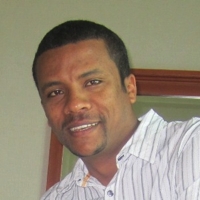
HLTDI People

|
Michael Gasser
Associate Professor Emeritus, Indiana University Michael spent the first 25 years of his academic career trying to figure out how people learn languages, especially morphology and lexical semantics, mostly using neural network models. In 2004, he realized he wasn't satisfied because this work was too theoretical and not destined to change the world in any of the ways that he hoped for. So, starting with what he had learned about linguistics and artificial intelligence and struggling to catch up in computational linguistics, he began working on the projects that became the HTLDI research group in 2009. |

|
Alex Rudnick
Computer Science PhD student, Indiana University; Google Alex is interested in machine translation for resource-scarce languages, generating bad poetry based on existing texts, and education. He previously worked on development tools, educational technology, and mobile devices. |

|
Alberto Samaniego
Universidad Nacional de Asunción As a computer scientist, Alberto has worked in Paraguay in both industry and academia. However, over the time he slowly moved towards the field of Human-Computer Interaction Design. He is now interested in how to take a Design Approach in order to solve meaningful, real-world problems. |
|
|
Suriani Sulaiman
Computer Science PhD student, Indiana University Suriani spent most of her years studying and practicing software engineering but then developed new interests in machine translation and computational linguistics. She has been focusing on statistical machine translation for the past two years and is now looking into natural language generation as a way to improve machine translation. |

|
Wondwossen Mulugeta
Language Technology PhD Student, Addis Ababa University Wondwossen’s research focus is on the application of machine learning to the morphological rules of the Semitic language Amharic. His main focus is on the Inductive Logic Programming paradigm and modeling of automatic rule extraction from examples. He has a plan to scale up the work and make it useful for high level NLP applications like retrieval and translation. |
Last updated 2015-09-07
